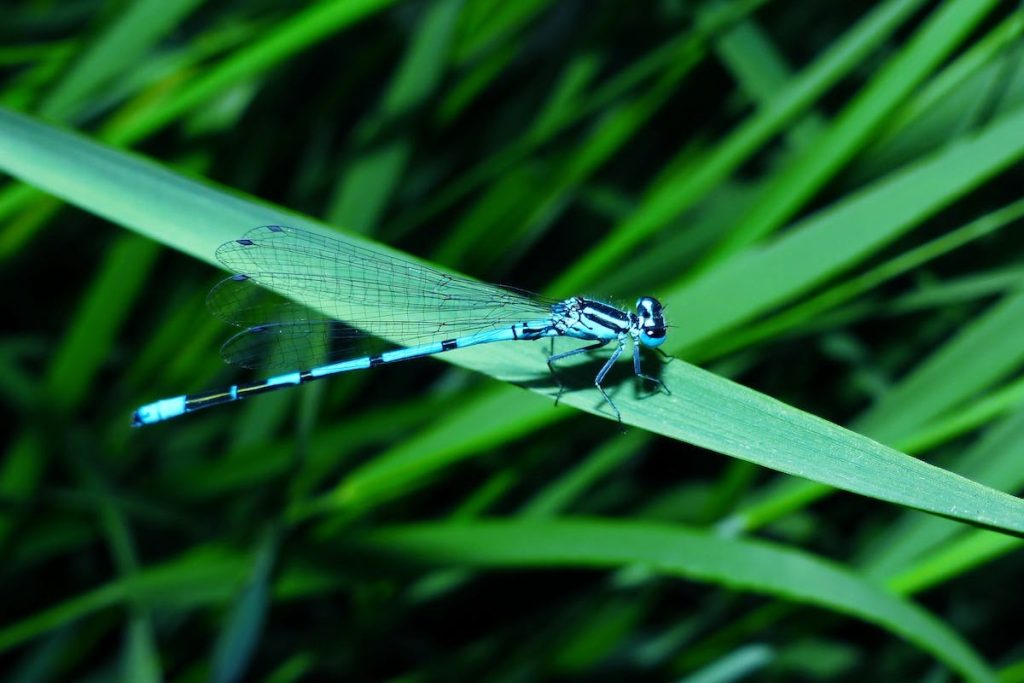The ever-mounting urgency of meeting the climate change challenge has prompted some minds to turn to novel and untested solutions: hyperloop transportation, nuclear-fusion energy, carbon dioxide-absorbing concrete, and even lab-grown meat.
But what if an enormous solution to climate change was already all around us?
Scientific research has shown that natural climate solutions such as conservation, forest restoration, and land and soil management could provide as much as one-third of the climate mitigation needed to keep warming below 2 °C and meet the target of the Paris Agreement, and individuals around the world are standing up and taking notice. Among them are primatologist and UN Messenger of Peace Dr. Jane Goodall and actor Alec Baldwin, who have partnered to highlight the “Forgotten Solution” of forests and the potential that they hold as powerful carbon sinks.
The next two years include several major convenings on climate and the environment, including two landmark report releases by the Intergovernmental Panel on Climate Change (IPCC) on the impacts of climate change on our land, our ocean, and our cryosphere (the frozen water part of the Earth system). In October 2020, leaders will meet in Beijing, China, for the 15th meeting of the Conference of the Parties to the Convention on Biodiversity and Environmental Science.
As we look toward these major moments, which will put the connection between our natural system and our climate system in full focus, we talked to UN Foundation Senior Fellow on Biodiversity, Thomas E. Lovejoy, who just released a new book, “Biodiversity and Climate Change: Transforming the Biosphere.”
Justine Sullivan: Your book, “Biodiversity and Climate Change: Transforming the Biosphere,” was released this week. Without giving too much away, what should we know about the message and argument of the book?
Tom Lovejoy: When my last book, “Climate Change and Biodiversity,” was released in 2006, the fingerprints of climate change were already ubiquitous. Today, it is abundantly clear that at more than 1.5 degrees Celsius (2.7 degrees Fahrenheit) of warming, the planet will be biologically unmanageable. Essentially, ecosystems will be coming apart.
We are already seeing this happen with tropical coral reefs where the coral animal ejects the symbiotic alga upon which the entire ecosystem depends, producing what we call “bleaching events.” Last year 60% of the Great Barrier Reef bleached.
While these findings are very grim, the book also highlights that since life is built of carbon, significant amounts of atmospheric carbon dioxide can be removed by capturing the carbon through ecosystem restoration (e.g. reforestation).
It is time to manage the planet as the linked biological and physical system – the living planet – that it is.
JS: How are biodiversity and sustainable development linked?
TL: Many human activities like agriculture, medicine, forestry, and fisheries are biologically based. As much as we love the world of artificial intelligence, you can’t eat the internet; ultimately, nature sustains us. We also depend in major ways on ecosystem services like the provision of water and the regulation of climate.
JS: What would you say to critics who might argue that protecting biodiversity is not a first-order global priority the same way that hunger or global health might be?
TL: Addressing hunger and health is in many ways a biological exercise, dependent on advances in the life sciences that often come from serendipitous discoveries in nature.
An example is the discovery of antibiotic activity: Nowadays there are antibiotic resistant bacteria, which are proving to be one of the biggest public health challenges of our time. However, a soil fungus from Nova Scotia has the promise to block the process those resistant bacteria use. In this and countless other examples, human well-being depends squarely on a sustainable and biodiverse environment.
JS: You’ve studied the Amazon over the last 50 years, which spreads across nine different countries. What role do you believe multilateralism and international cooperation should play in protecting natural resources and maintaining biodiversity?
TL: Multilateralism and international cooperation are vital to protecting biodiversity and conservation of natural resources. The challenges that the Amazon and other areas face are complex and are not easy challenges for many countries to address completely on their own. These rich physical systems are also of enormous international value.
JS: What’s the most jarring or concerning fact you’d like to share for us, and what fact gives you the greatest reason for hope?
TL: The most jarring fact is that the scale of this environmental challenge (climate change, biodiversity loss etc.) dwarfs the total undertaking addressing it. Gradualism will not get us to where we should be. Nor will clinging to old ways. And yet in the world of human affairs, the amount of finance needed to meet this challenge is not impossible to mobilize.
What gives me hope? When I look at what has been achieved in past decades, as contrasted to what may have seemed possible in 1992, we can see that humanity is capable of making a difference. But we must shed a complacent approach. I also take heart in the young people eager to make a difference.
JS: 2019 is a significant year for both climate action and biodiversity, particularly as we look toward the Convention on Biological Diversity in 2020. What are the biggest moments for our planet that you’d like to flag over the next year?
TL: Looking ahead there are two important meetings in 2020: one for the Convention on Biology and the other for the UN Framework Convention for Climate Change. Both will set decadal targets. Those must be really meaningful.
Editor’s Note: This interview has been edited for clarity and length.

